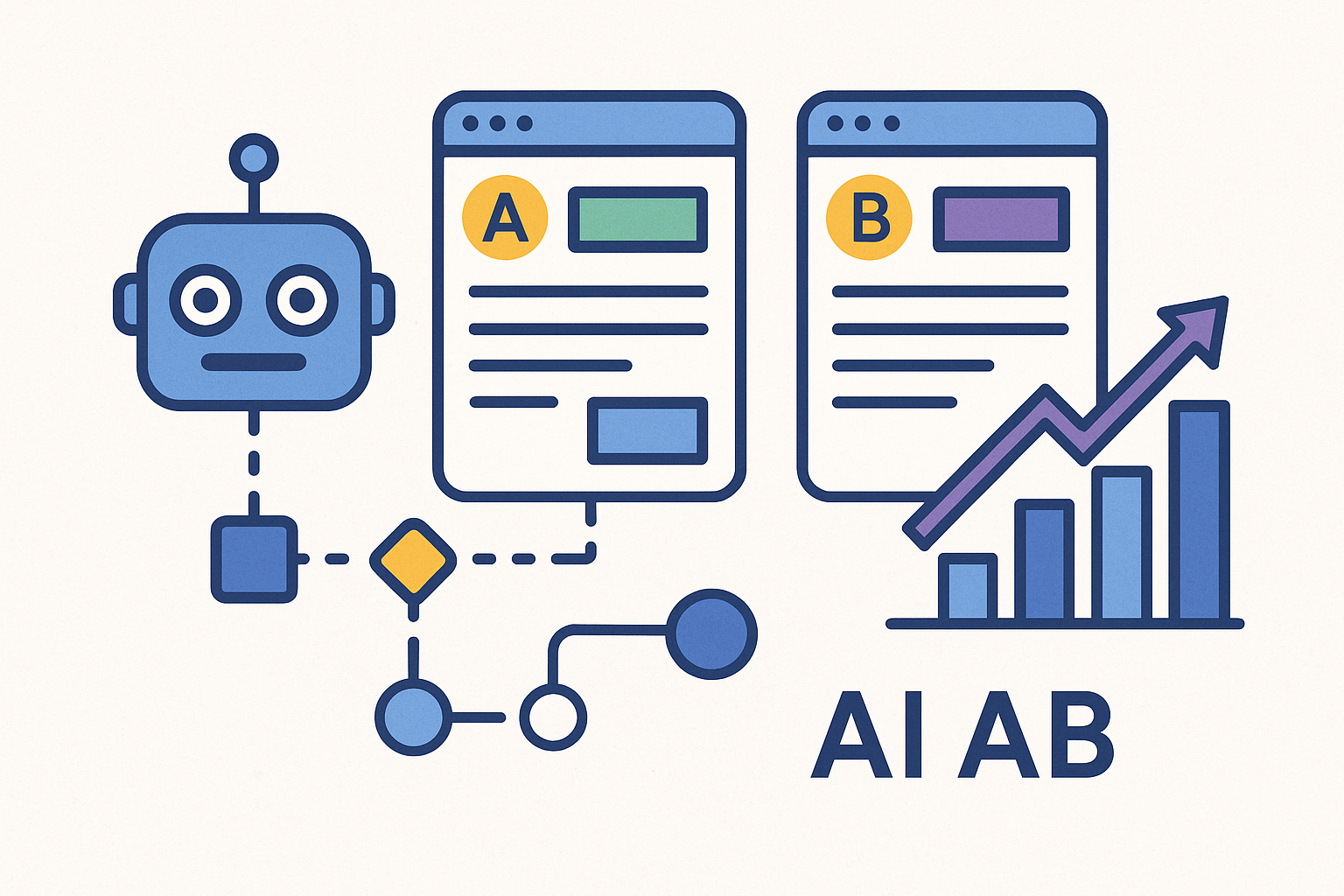The Case for Slowing Down Your Content Calendar

If you’ve ever stared at your content calendar and thought, “Is this thing multiplying behind my back?!” you’re not alone. Most marketers feel that constant pressure to publish, post, repurpose, schedule, and optimize 24/7 SO the idea of slowing down feels, well, counterintuitive.
Isn’t more content always better?
Not exactly. In fact, there’s a growing case for the opposite.
Let’s take a look at why slowing down your content calendar might be the smartest move your brand makes this year. Less hustle, more impact. Fewer pieces, better performance. Fewer “meh” blog posts, more real audience connection.
The Pressure to Publish (And Where It Comes From)
It’s not hard to see why brands over-publish, companies that blog more get more traffic and more social posts equal more reach. Algorithms love consistency, but somewhere in a growth-hacking Slack group, someone once said you need to be everywhere, all the time.
Publishing more doesn’t always mean publishing better.
And it definitely doesn’t mean your audience is getting more value. If anything, content overload often leads to diminishing returns—on engagement, reach, and team energy.
The Hidden Costs of a Fast-Paced Content Machine
Speed has a price. When your content calendar turns into a treadmill, things start to slip. Strategy gets replaced with scrambling. Quality dips because the deadline always wins. Your content team turns into a production line instead of creative thinkers. Then audience starts to tune you out because everything sounds rushed, generic, or recycled.
You don’t just risk burnout. You risk becoming background noise.
Here’s what often gets sacrificed when you move too fast:
- Deep research and reporting
- Editorial oversight
- Strong storytelling
- Voice and tone consistency
- Keyword strategy and on-page SEO
- Content repurposing with intent
- Metrics review and iteration
When all your energy goes toward “getting it out,” very little is left for “making it work.”
Why Slowing Down Can Actually Speed Things Up
Ironically, pulling back on content volume often leads to stronger results. Why? It gives you time to focus on what actually moves the needle. You create with intention and you give your ideas room to breathe. Most importantly you are saying things worth saying—and your audience notices.
Here’s what slowing down unlocks:
- Time for real strategy and planning
- Room to align content with sales, product, and support
- Better ideation and originality
- Higher production value
- Stronger internal alignment across teams
- More thoughtful promotion and distribution
- The ability to measure, learn, and improve
When you publish less but invest more in each piece, your content has more impact. It works harder, lasts longer, and becomes something your audience actually wants to engage with.
How to Know If You’re Doing Too Much
Not sure if you’re in “content treadmill” mode? Here are a few warning signs:
- Your team dreads the calendar
- You’re publishing because it’s on the schedule, not because it’s strategic
- Every piece feels rushed or unfinished
- You rarely promote your content after it’s live
- You don’t have time to review what’s working (or not)
- You’ve forgotten the last three blog topics you published
If any of those hit a little too close to home, it might be time to pause and reevaluate.
What Slowing Down Actually Looks Like
Slowing your content calendar doesn’t mean ghosting your audience or never publishing again.
It means:
- Shifting from quantity to quality
- Focusing on fewer, higher-performing content types
- Giving your team breathing room to be creative
- Investing in repurposing and updating old content
- Getting more intentional about promotion
- Building evergreen content assets
Instead of four half-baked posts a month, maybe you create two really strong ones. Maybe you start a single content pillar and spin it out into a video, newsletter, social thread, and sales enablement doc. Then you can use the extra time to optimize an old post that already ranks—turning it from page three to page one.
Real-World Wins From a Slower Approach
Companies that slow down often see surprising results such as:
- Better rankings from refreshed evergreen content
- Higher engagement on fewer but deeper posts
- Reduced burnout across content, design, and strategy teams
- A stronger brand voice because content has room to be edited
- Smarter alignment between content and business goals
Some brands report better ROI from a single long-form, evergreen post each quarter than they ever got from weekly fluff pieces.
How to Convince Stakeholders to Chill (Just a Little)
Here’s where things can get tricky. Slowing down sounds great—until your boss or client says, “But we need to publish every week.” The key is showing how “less” can mean “better results.”
Try this:
- Audit your existing content to show what’s actually performing
- Calculate ROI on your top 5 vs. bottom 20 pieces
- Show the time/resources spent on low-performing content
- Propose a 60-day test with reduced volume and deeper strategy
- Set clear metrics for success (e.g., higher time-on-page, lower bounce rate, more conversions)
It’s not about doing less to coast, it’s about doing less to win.
Slowing Down Is The Secret Power Move
In a noisy, always-on content world, slowing down isn’t lazy—it’s brave. It takes discipline to focus, to prioritize, to resist the urge to publish for the sake of publishing. When you do, you create space for what actually matters: content that connects, resonates, and drives real results.
So if your content calendar is starting to feel more like a guilt trip than a growth engine, take this as your permission slip to hit pause. Think deeper. Publish smarter. Breathe a little.
Your audience—and your team—will thank you.










